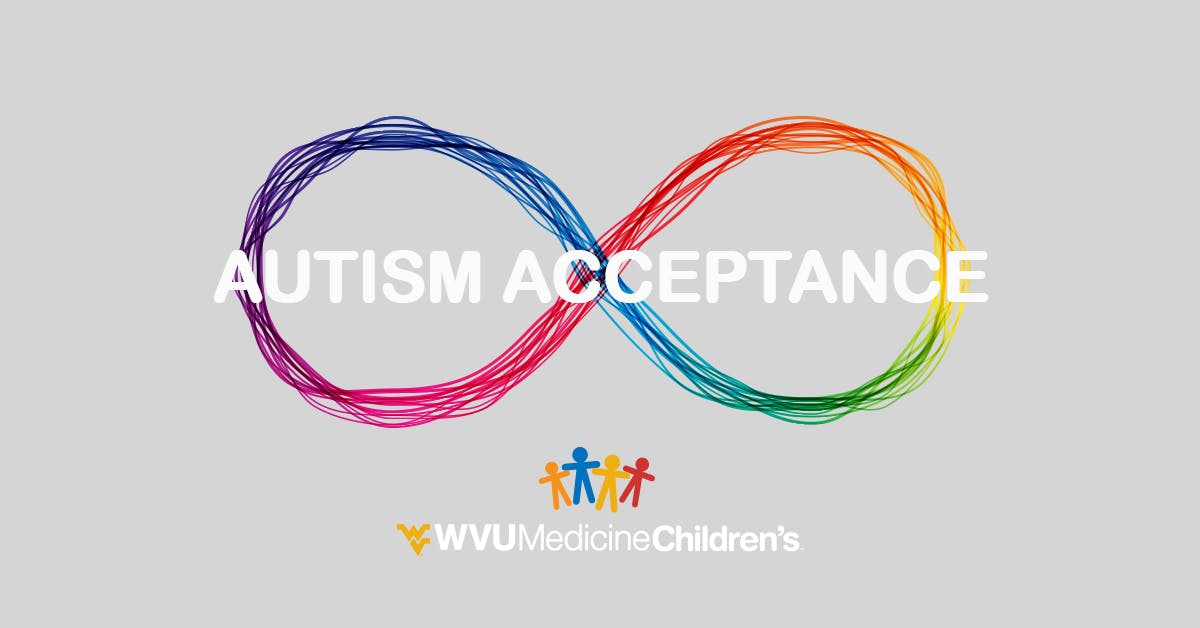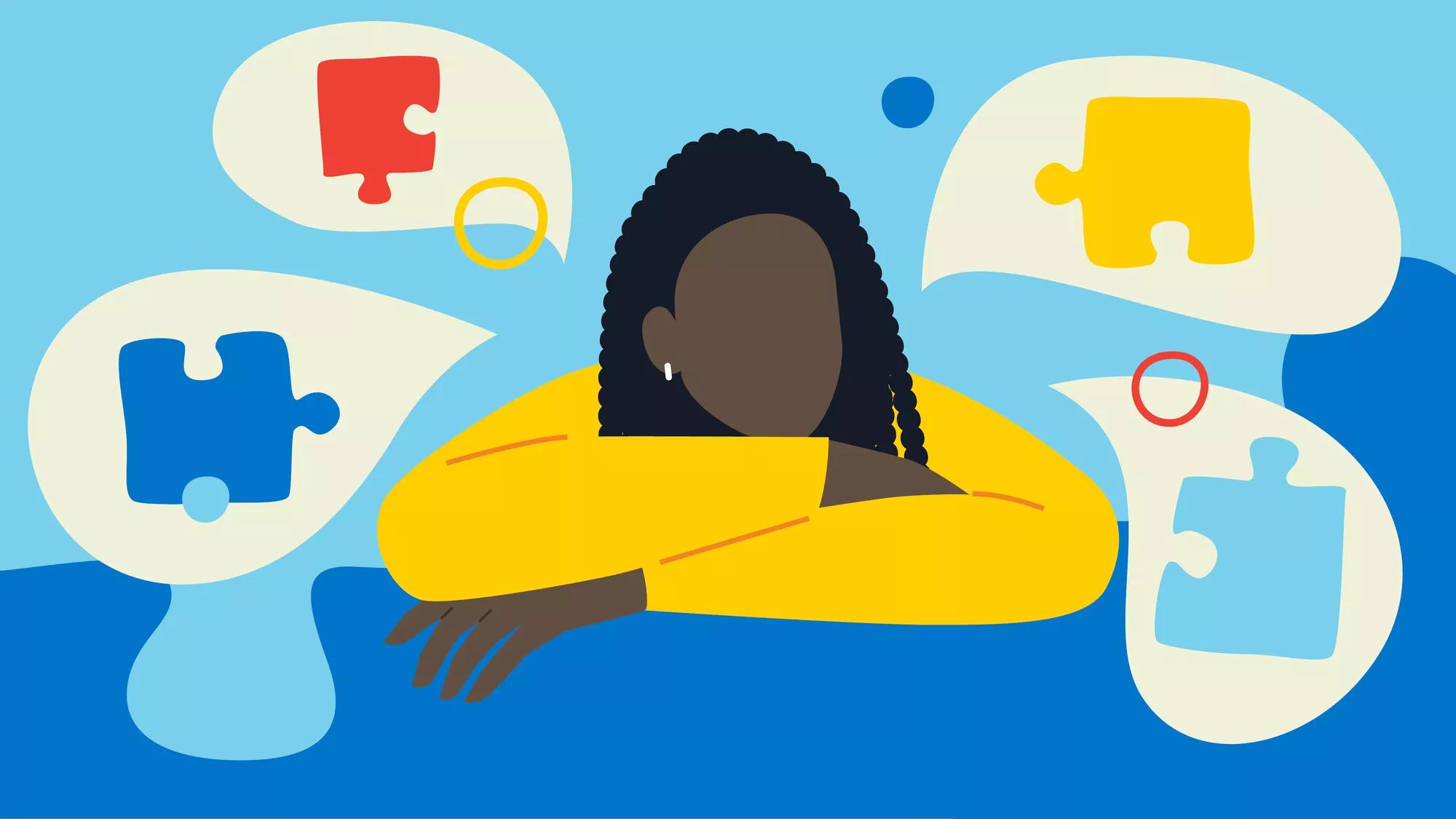Browsing Social Difficulties: Tips for Individuals Living with Autism
Browsing Social Difficulties: Tips for Individuals Living with Autism
Blog Article
Discovering Autism: Approaches for Effective Interaction and Interaction
Efficient interaction and communication with individuals on the autism spectrum demand a detailed understanding of their distinct demands and preferences. The intricacies of these methods disclose further considerations that warrant expedition, especially in how they can be adjusted to varied contexts and specific experiences.
Recognizing Autism Spectrum Disorder
Autism Spectrum Condition (ASD) includes a variety of neurodevelopmental problems defined by obstacles in social interaction, interaction, and repeated habits. The term "spectrum" mirrors the varied manifestations and varying degrees of extent experienced by individuals with ASD. While some might show considerable impairments, others may present high-functioning qualities, enabling better freedom in day-to-day live.
The onset of ASD generally takes place in very early childhood, with indicators usually recognizable by age 2. Very early indications might consist of delayed speech development, restricted eye get in touch with, and difficulties in comprehending social signs. Although the specific etiology of ASD stays vague, research suggests a mix of genetic and environmental aspects plays a critical function in its growth.
As a result, interventions and support customized to individual needs are essential for promoting communication and social abilities. Recognizing the intricacy of ASD is vital for advertising awareness, approval, and effective methods that assist in purposeful interactions with individuals on the range.

Importance of Clear Communication
Reliable communication is vital for cultivating understanding and connection, particularly for individuals with Autism Spectrum Disorder (ASD) Clear communication not only promotes social communications but additionally boosts the person's capability to express their ideas, needs, and emotions. For people with ASD, the subtleties of language can often be challenging; for that reason, utilizing distinct and simple language is crucial.
In addition, clear interaction helps in reducing frustration and anxiousness that might emerge from misunderstandings. When messages are communicated in a constant and straight fashion, individuals with ASD are better geared up to interpret info properly, which can significantly boost their social involvement and involvement in different settings.
Establishing regimens and utilizing aesthetic assistances can further reinforce clear communication. These methods offer people with predictable structures that help understanding and retention of info. Additionally, proactively listening and being person throughout interactions advertises an encouraging environment where people with ASD really feel valued and comprehended.
Inevitably, focusing on clear communication not just empowers people with ASD yet likewise fosters even more significant links with their peers, caretakers, and the wider community, leading the method for joint partnerships and inclusive interactions. - autism
Non-Verbal Communication Methods
Interaction expands past words, and for people with Autism Range Condition (ASD), non-verbal hints play a considerable function in communications. Non-verbal communication strategies can include facial expressions, motions, body language, and eye call, every one of which work as important components for conveying emotions and purposes.
Recognizing and analyzing these non-verbal signals can enhance interactions with individuals with ASD. As an example, a warm smile or open position can develop a welcoming atmosphere, urging involvement. Utilizing visual help-- such as image cards or signs-- can bridge interaction spaces and help share messages more properly.
It is also crucial to be conscious of individual area, as individuals with ASD may have various convenience levels concerning distance. Observing their reactions to physical closeness can inform ideal changes.

Creating Encouraging Atmospheres
Developing an encouraging environment is critical for fostering positive communications and more info here boosting the health of people with Autism Spectrum Problem (ASD) Such atmospheres can significantly minimize anxiety and develop a feeling of security, allowing people to express themselves extra easily.
To attain this, it is vital to take into consideration sensory level of sensitivities that people with ASD might experience. Modifying the physical space to include soft illumination, minimal background sound, and comfy seats can produce a relaxing atmosphere. Furthermore, using consistent regimens and clear visual routines can aid individuals expect transitions and decrease unpredictability, additional promoting convenience.
Social spaces ought to be structured to lessen overwhelming stimuli while giving possibilities for involvement in preferred activities. Facilitating areas designated for peaceful time can also function as a haven throughout minutes of tension. Importantly, integrating components of choice encourages individuals, allowing them to work out company in their setting.

Urging Social Interactions
Cultivating social communications among individuals with Autism Range Problem (ASD) requires deliberate approaches that focus on comfort and involvement. Establishing foreseeable regimens can assist decrease stress and anxiety, making social setups extra friendly. Creating structured atmospheres with specified responsibilities and functions allows individuals to engage without the frustrating pressure of unstructured social dynamics.
Incorporating rate of interests and staminas right into social tasks can work as a driver for interaction. Arranging team tasks around shared leisure activities or subjects of attraction can assist in all-natural conversations and connections. In addition, making use of aesthetic supports, such as photographic routines or social manuscripts, can help in comprehending social signs and expectations.
Designing proper social behaviors is critical - autism. Adults and peers should demonstrate reliable interaction techniques, consisting of energetic listening and turn-taking. Role-playing circumstances can additionally supply a secure room for people to practice these skills
Last but not least, promoting peer relationships via comprehensive methods is crucial. Encouraging comprehensive playdates or group trips can produce chances for socializing in a comfortable setting. By implementing these methods, instructors and caregivers can considerably enhance social interactions for people with ASD, advertising their general social advancement and wellness.
Final Thought
In verdict, reliable communication and communication methods are vital for sustaining people with Autism Range Disorder. Ultimately, these strategies encourage individuals with content autism to browse social landscapes, advertising their overall wellness and enabling the advancement of see this lasting partnerships.
Reliable interaction and interaction with individuals on the autism spectrum necessitate a thorough understanding of their unique demands and choices. Clear communication not only assists in social communications but additionally improves the individual's capacity to share their requirements, ideas, and emotions.Cultivating social communications amongst people with Autism Range Condition (ASD) calls for deliberate approaches that focus on comfort and engagement. By implementing these teachers, caretakers and methods can dramatically enhance social communications for individuals with ASD, promoting their general social advancement and well-being.
In conclusion, reliable communication and communication strategies are crucial for supporting people with Autism Range Condition.
Report this page